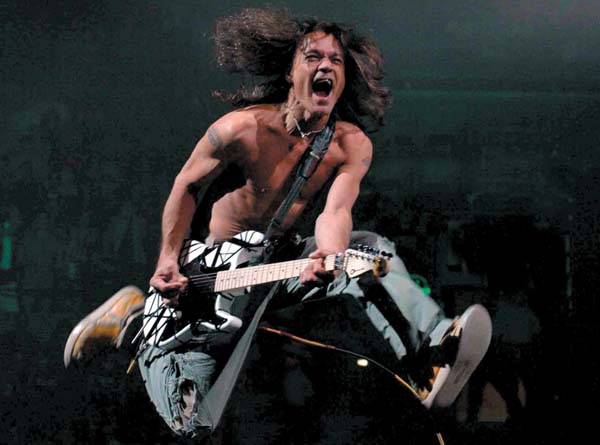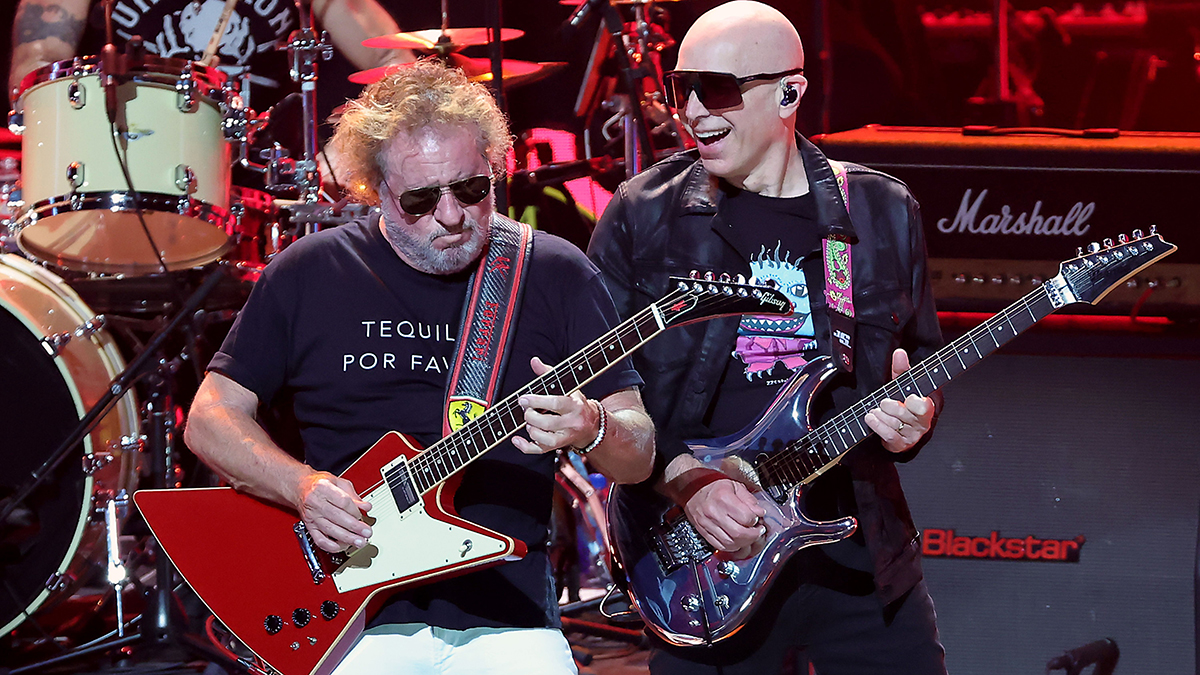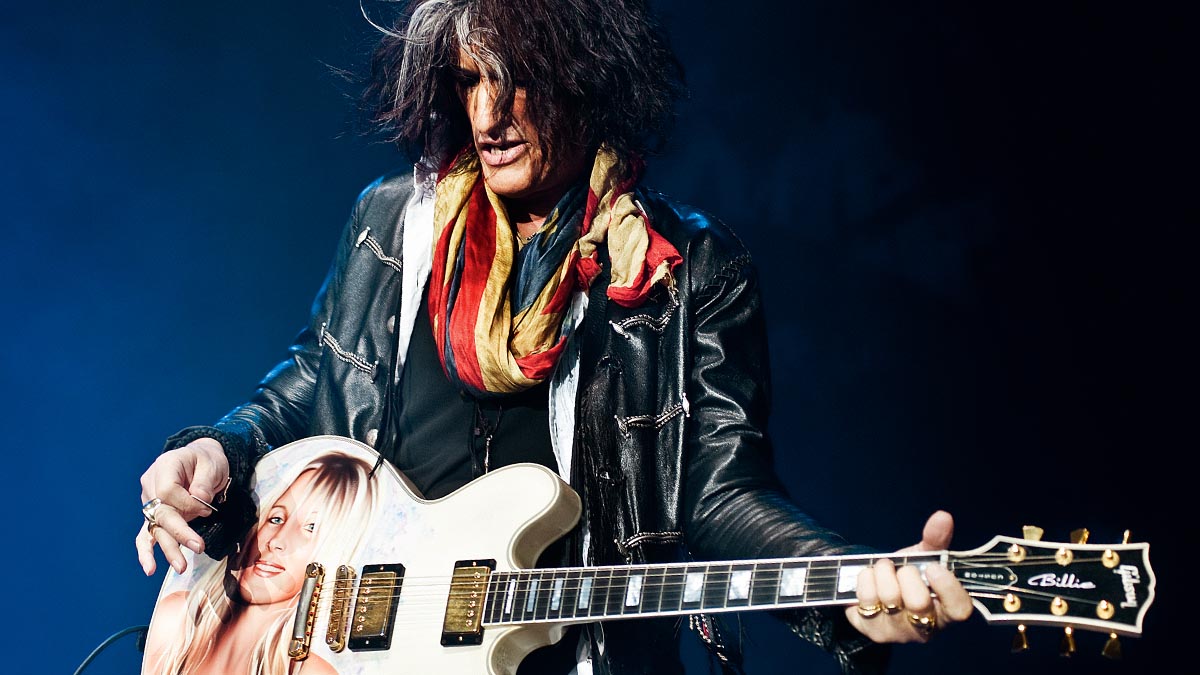Killer Guitar Tracks: Double-Tracking and Finding Your Own Tone, Part 1

When I think back to when I was 13 or so growing up and learning to play guitar, there were definitely some moments of discovery that I consider key in my musical journey.
The first time I heard Van Halen was one of those moments. It wasn’t only the fact that the songs kicked ass or even David Lee Roth’s swaggering personality; it was the guitar! The guitar sounded HUGE!
I was completely blown away. Eddie’s tone -- especially in the early days, sounded like liquid fire to me. No one could squeal harmonics like him, and it seemed as though on every record he had a new trick that would always leave everybody scratching their heads, saying, “How in the hell does he do that?”
The funny thing is, if you listen to the production you’ll notice that Ed very rarely doubled any of his tracks and in fact most of that early stuff he played like he did it live, doing all of the leads and solos in between his incredible rhythm playing.
So what do the rest of us mere mortals do if we fall a little short in the incredibly huge-sounding guitar department? Well, we track our basic rhythm part and then … wait for it … oh yes, of course, double it!
I love the sound of doubled guitars, and I double almost everything, including solos; but before we get into this subject, here’s something that might be worth considering: With all the great amps, guitars, pedals and technology, including an almost unlimited amount of tracks you can record with, there seems to be a growing trend to create these big-sounding tracks -- but perhaps at the expense of creating an original tone.
Now this is just one man’s opinion, but maybe you know what I’m talking about if you listen to modern rock radio these days. A lot of the guitar tones in songs today are huge, but they tend to sound the same from band to band. A lot of times what’s going on are stacks and stacks of guitar tracks using every available amp/guitar combination with all the parts locked up to the grid and perfectly in time.
Get The Pick Newsletter
All the latest guitar news, interviews, lessons, reviews, deals and more, direct to your inbox!
It does sound big -- it has to, right? Basically this is one way to get the job done but before you’re tempted to go this route, consider that for every different amp and guitar you put on you run the risk of diluting your signature tone. That’s right, your signature tone.
In my opinion, that’s what’s lacking these days, so I encourage players to find those amps and guitar combinations that they love and stick to those sounds for a while. It might only be one guitar or just a couple of amps or a pedal that is always on. See how the song starts to shape up and hopefully the personality in your playing will shine through.
Another one of my absolute favorite guitar players is Brian May. Now here’s a guy who loves to stack layers and layers of guitar parts and in fact that technique is in itself synonymous with his sound. The thing is, though, even with all the tracks and parts, his trademark tone and style somehow still emerges and is easily identifiable.
Queen fans already know this, but for those who don’t, Brian found his tone early on with his homemade Red Special guitar, a Vox AC30 and a treble booster pedal. Another amp he used was a homemade small transistor-based amp made by bass player John Deacon. The Red Special has a very different pickup-wiring scheme that allows many tonal options like out of phase positions, etc.
So between the tone that comes from the actual heart to hands connection and a handful of gear choices he forged one of the most recognizable sounds in rock history.
OK, so my mini-rant is over and having said all this, I do still defer to the “If it sounds good it is good” theory -- it hasn’t let me down yet.
Stay tuned for part 2 of this blog where I’ll actually talk about how I double track guitar parts!
Joel Kosche is the lead guitarist for the chart-topping band Collective Soul. Prior to joining the group in 2001, he was a fixture in the Atlanta music scene, playing in local bands and working part time as a guitar tech for various artists, including Steve Winwood. When he’s not on tour or in the studio, Joel, a self-professed "gearhead" and “tinkerer,” enjoys building and modifying guitars and tube-based amps. Outside of his duties with Collective Soul, he has appeared on numerous recordings, including the epic Shadowman from Kansas lead singer Steve Walsh. Most recently, Joel released his first solo record, Fight Years, a self-produced effort recorded mainly in his home studio (Flame Under Heel Studios) and released in June 2010.









